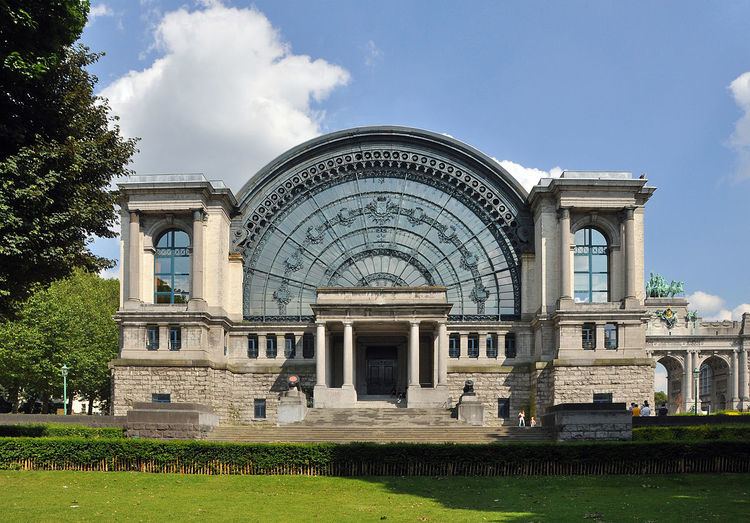Type Military Museum Website www.klm-mra.be Established 28 June 1923 | Nearest car park at museum Phone +32 2 737 78 11 | |
 | ||
Location Cinquantenaire Park 3Brussels B-1000Belgium Hours Closed now Thursday9AM–5PMFriday9AM–5PMSaturday9AM–5PMSunday9AM–5PMMondayClosedTuesday9AM–5PMWednesday9AM–5PMSuggest an edit Similar Cinquantenaire, Cinquantenaire Museum, Autoworld, Athens War Museum, Musical Instrument Museum Profiles | ||
Royal museum of the armed forces and military history brussel
The Royal Museum of the Armed Forces and Military History (French: Musée Royal de l’Armée et d’Histoire Militaire, often abbreviated to MRA, Dutch: Koninklijk Museum van het Leger en de Krijgsgeschiedenis, KLM) is a military museum that occupies the two northernmost halls of the historic complex in Cinquantenaire Park in Brussels, Belgium.
Contents
- Royal museum of the armed forces and military history brussel
- History
- The building
- Collection
- Aviation hall
- References
History
At the Brussels exhibition of 1910, a section on military history was presented to the public and met with great success.
Given the enthusiasm of the population, the authorities created a military museum within the international context of extreme tension which led to the Great War. The museum was originally installed on the site of the Abbaye de la Cambre and moved to the Cinquantenaire Park in 1923.
The building
In 1875, the Belgian architect Gédéon Bordiau made a proposal to build flats on the site of a former parade ground of the Garde Civique. The location was named "Cinquantenaire" (literally "50th anniversary") because it was planned to celebrate the half-century since the independence of Belgium in 1830 as an exhibition space.
Temporary structures were erected on the site for the World Fair of 1897 as Bordiau's work had not been finished. The construction of buildings was put on hold in 1890 for lack of funds and was eventually stopped by the death of the architect in 1904. Work resumed the following year under the direction of French architect Charles Girault and was completed with a new patron, King Leopold II. The triumphal arch that had already been planned was amended and expanded to meet the wishes of the King.
The park is set on the continuation of the Rue de la Loi which starts at the end of the Brussels Park before the royal palace. A fire destroyed the south wing of the building in 1946.
Collection
The collection originally consisted of a set of exhibits collected by an officer, Louis Leconte. Approximately 900 pieces were brought together, the collection was later heavily enriched by legacies, gifts and exchanges. Leconte was particular in choosing from equipment abandoned by the Germans in 1918.
Today, it is possible to find uniforms, weapons, vehicles and military equipment of a number of periods and countries there.
Important developments include:
Aviation hall
The north wing, built by Gideon Bordiau, has been occupied by the aviation hall since 1972 when the Air and Space gallery was inaugurated.
The collection includes various types of aircraft, both military and civilian, some dating back to the early twentieth century, while the most recent additions include a F-16 Fighting Falcon and Westland Sea King. The collection is one of the largest in the world.
